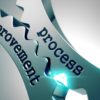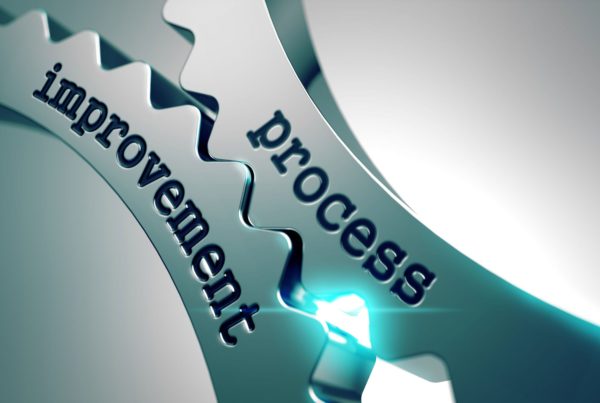By: Marilouise Muller
Lean Process Improvement has been getting a lot of press lately, but what is it anyway? Simply put, the Lean thinking is about maximizing customer value while minimizing waste. Lean Process Improvement involves viewing a process from your customers’ perspective and removing steps or activities that have no benefit to them. Another way to think about this is, “If my customers were looking at my process, would they be willing to pay for each step in the process?”
Lean thinking has been around since Henry Ford in 1913 and was later refined in Japan at Toyota in the 1930s where it was officially referred to as Lean. Over the years the Lean methodology has evolved with several great thinkers adding key frameworks and tools to reduce waste and increase value.
So why are we seeing such a large resurgence now? Lean is about adding more value with less. In the global economy and the emergence of digital services, companies are not only competing locally but around the globe. Organizations are realizing that the historical ways of competing are quickly being outlived.
The green environmental movement has further added to the Lean way of thinking as customers are increasingly looking at the waste that is created by companies and refusing to do business with those that are not good global citizens. Lean facilitates the green environmental movement by identifying waste in the process and seeking ways to remove it.
Competition today is about disrupting the process entirely to deliver your goods and services. This radical shift towards industry disruption has created the need to rethink the entire way of working. Lean thinking is an excellent tool for this.
There are five basic principles in Lean:
- Value is defined by your customer
- Understand how your organization creates value for the customer
- Create flow in your process
- Remove waste
- Seek perfection
The purpose of Lean is to eliminate all non-value added activities, also referred to as waste, within your process. Removing waste from your process will lead to more streamlined and cost-effective processes, as well as happier customers and more satisfied, productive employees.








